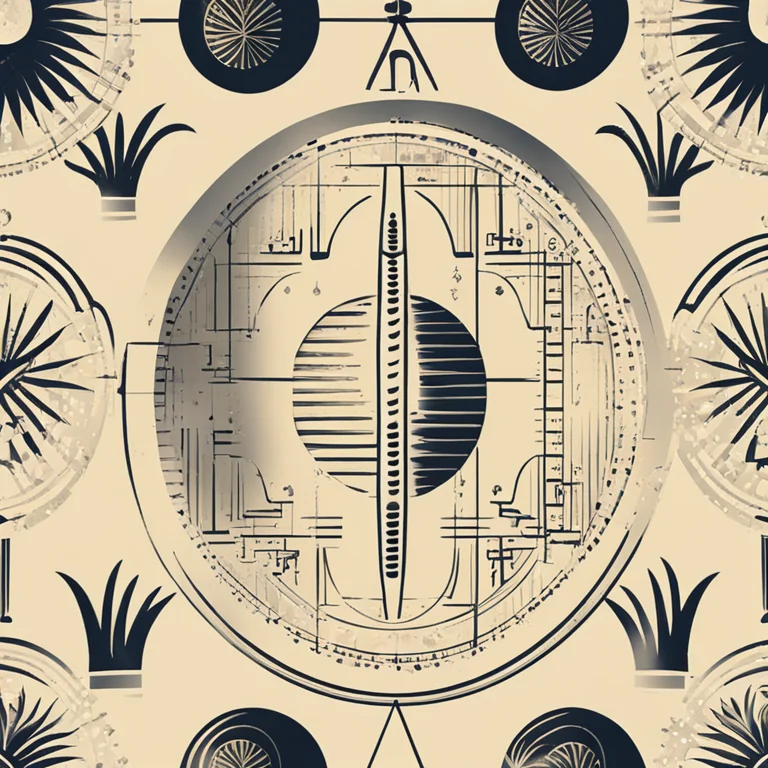
Can Palmistry Estimate Longevity?
Delve into the realm of palmistry to examine its methods and accuracy in predicting life expectancy.
article by Nora Pennington
Palmistry's Historical Roots
Palmistry, or chiromancy, is an ancient practice rooted in various cultural traditions, ranging from Indian and Chinese to Greek and Roman teachings. It serves as a fascinating intersection between lore and personal insight. The art form operates on the premise that an individual's palms hold specific lines and markings that could reveal aspects of their character and, perhaps controversially, their potential lifespan. While this concept may capture the imagination, it is paramount to approach such claims with a balance of curiosity and skepticism in our modern age, where empirical evidence is held in high regard.

The Life Line: A Misunderstood Marker?
Within the elaborate maps on our palms, the life line is often central to discussions around vitality and longevity. Contrary to popular belief, this line—curving around the base of the thumb—does not offer a definitive countdown to one's demise. Instead, palmists suggest that it may indicate the quality of life, vitality, and well-being. It's crucial to understand that palm reading is not a science but a subjective interpretation that should never be taken as absolute truth when considering the sensitive topic of one's lifespan.

Variables that Confound Predictions
A multitude of factors can influence the course of one's life, far beyond what might be discerned from the palm. Genetics, lifestyle choices, societal conditions, and random events contribute significantly to an individual's longevity. Therefore, palmists can only offer a hypothesis potentially reflecting these variables but cannot account for unpredictable future changes or advancements in medicine and health practices expected to continue evolving beyond 2024.

Palm Reading and Health: A Correlation?
Some palmists argue that certain markers on the hand could hint at health issues that could, in turn, affect life expectancy. For instance, breaks or chains on the life line could suggest periods of illness or life challenges. However, these interpretations are highly subjective and should not replace medical advice or scientific assessment. It's important to view any such readings in the context of entertainment or personal reflection, rather than diagnostic tools.

The Power of Belief and Psychology
The influence of belief in palmistry should not be underestimated. For some individuals, a reading might act as a self-fulfilling prophecy, potentially impacting their choices and, by extension, their health. The psychological effects of believing in a palmist's predictions necessitate responsible practice and ethical considerations, ensuring that any reading emphasizes the clients' power in shaping their own destiny.
Modern Palmistry: Evolving Perspectives
As we journey further into the 21st century, the realms of palmistry are undergoing a renaissance, blending traditional interpretations with contemporary psychology. Today's palmists often focus on empowering clients, fostering self-awareness, and guiding personal growth rather than making deterministic forecasts about lifespan. This approach is more aligned with current societal demands for agency and self-determination.
Concluding Thoughts
While palm reading can offer intriguing insights and foster self-exploration, it remains a speculative venture concerning life expectancy predictions. For those enamored with the mystery of palmistry, it's vital to participate with an open mind coupled with a critical lens, embracing its heritage while acknowledging its limitations in the practice of predicting the future.
Published: 1/10/2024
Modified: 1/10/2024
More predictions
Come back here soon to learn more about yourself and your future


The Mysterious World of Hand Analysis
Delve into the mysteries of hand analysis and discover what your palms can reveal about your personality and future.


Guide to Palmistry: Interpreting Your Palm Lines
Discover the ancient art of palmistry with our comprehensive guide to reading and interpreting the lines on your palms.


The Art of Hand Analysis
Discover the insights of palmistry through our article on hand analysis – your guide to the lines and shapes that reveal life's secrets.